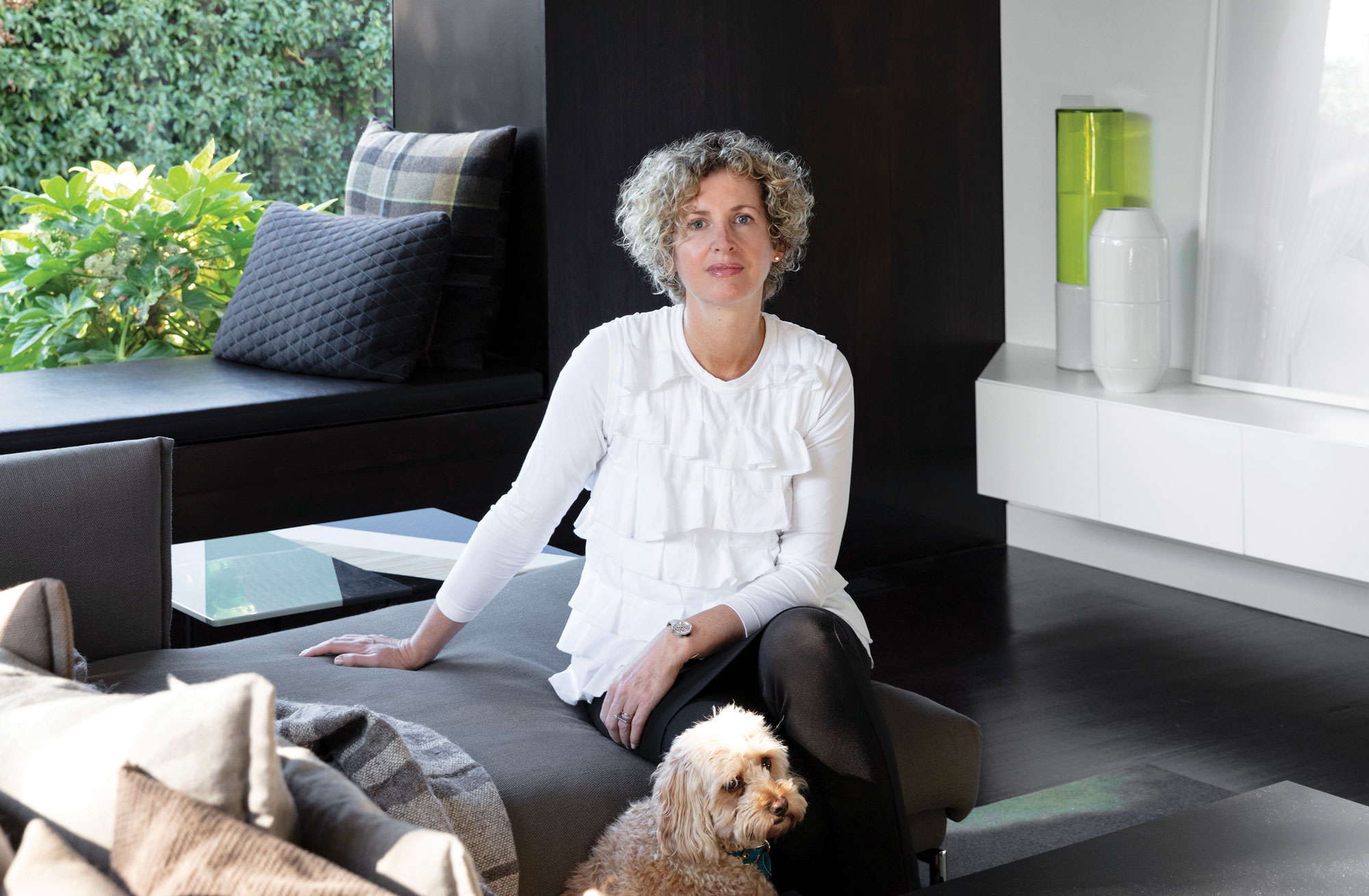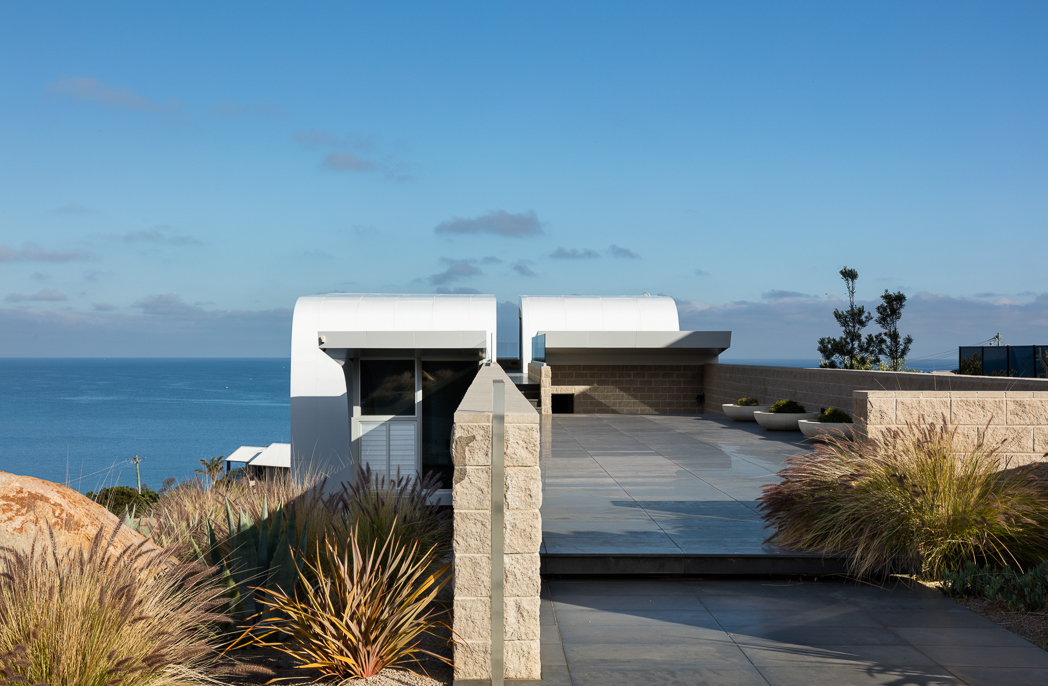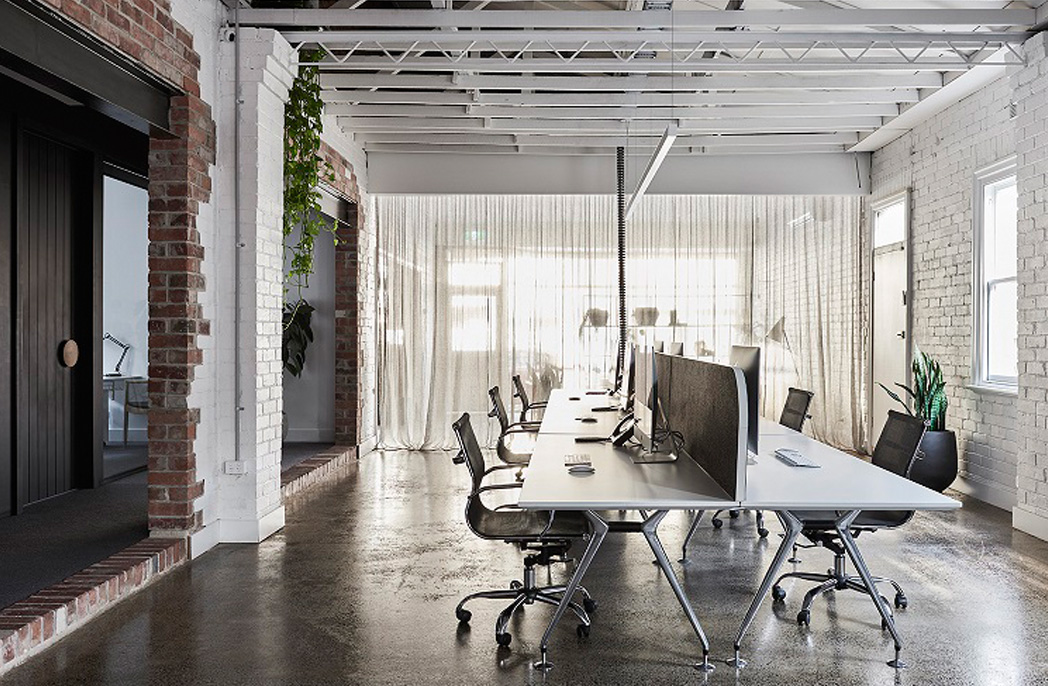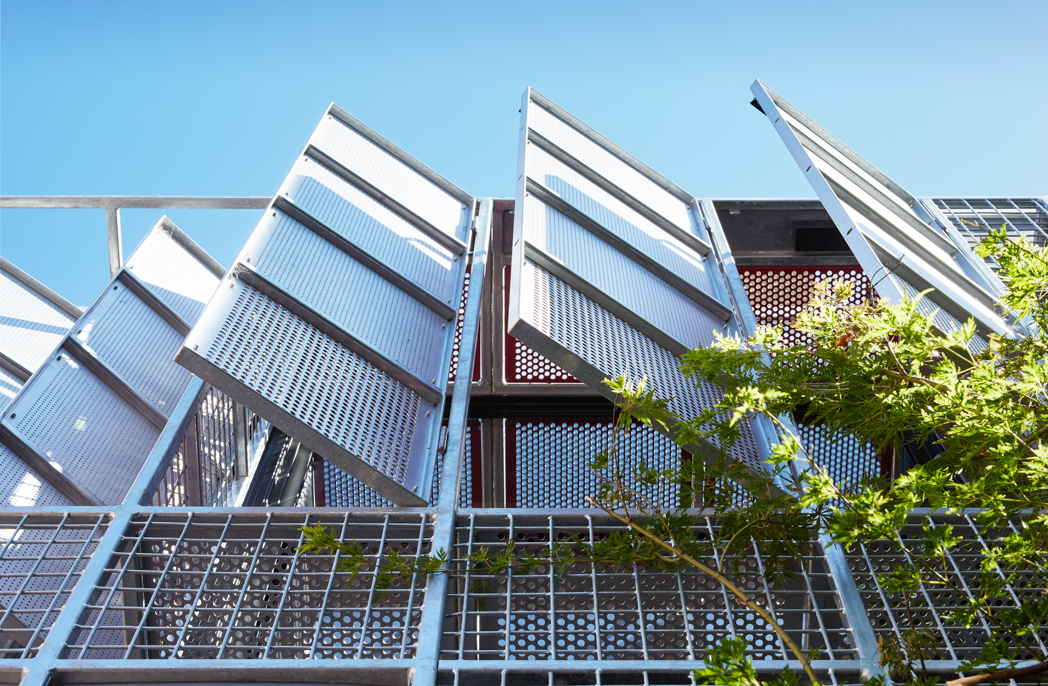
Q&ADR: Vaughn Lane, director of architecture at Jacobs
Q&ADR: Vaughn Lane, director of architecture at Jacobs
Share
Every week, in our Q&ADR column, ADR will interview an architect, designer or object maker about who they are beyond the designs – their life, inspiration, challenges and aspirations. We kick things off with Vaughn Lane, director of architecture at Jacobs, a global consulting firm.
Tell us a bit about yourself and how you got into architecture.
As a kid, I always had a passion for making things so architecture was an easy fit. I grew up sailing dinghies with my family so we always had a little timber hull in pieces in the house during the winter while we lovingly tweaked bits and pieces to optimise performance for the coming season. It not only gave me the craft of making but also awareness of the environment, aspect, wind and weather patterns. I studied architecture straight out of school. In hindsight, I don’t know how anyone makes a successful career choice with such limited exposure to the world. I guess I was one of the lucky ones.
You’re now working for Jacobs – can you tell us a bit about the company and what it’s like working there as an architect?
Jacobs is a global consulting firm where architecture is one critical piece of a larger service offer. I say critical because architects have the skillset to be the ‘glue’ in the delivery team. As architects, we define the design intent then manage all of the project stakeholders to develop shared expectations along the journey of the project and arrive at the desired outcome. At Jacobs, our architects share space with all the other engineering, sciences and planning disciplines that deliver buildings and infrastructure projects. I can literally walk across the floor and get statutory planning, economics, structural and services engineering advice on my way to the coffee machine!
Many of our projects are delivered using our own in-house consultant team. We can get amazing results for our clients from the synergies of a team built from within the business. We have some really talented people to draw from.
The Architectural Record 2016 Top Architecture Firms ranks Jacobs the fourth largest practice globally. Our team of over 100 architects in the Australian region is complimented by a huge depth of talent and capacity across the globe.
What would you say are the challenges and rewards that come with working for a company as big and diverse as Jacobs compared to working for a smaller architecture practice?
Prior to Jacobs, I worked from my own small practice for nearly 10 years as an architect and builder. We worked with many lovely clients and built a few of their houses as well. We worked from a warehouse studio which we shared with a number of other talented designers including Clinton Murray, forging deep and lasting friendships.
Practising our craft from within a multidisciplinary environment is quite different to at a traditional architecture practice. There are different challenges and more opportunities. We actually developed an explicit model of practice which articulated the interdependencies within the business to create a value-added approach to each project opportunity. The baseline for this was to work out what we were good at and then test that against what our clients value most. We now have a sector-based leadership who are driving design excellence in their particular area, such as Chin Young’s work on the Blacktown Hospital project for NSW Health and in the transport sector, Nando Nicotra is leading an exciting (confidential) project which will change the way in which public transport is controlled around Sydney.
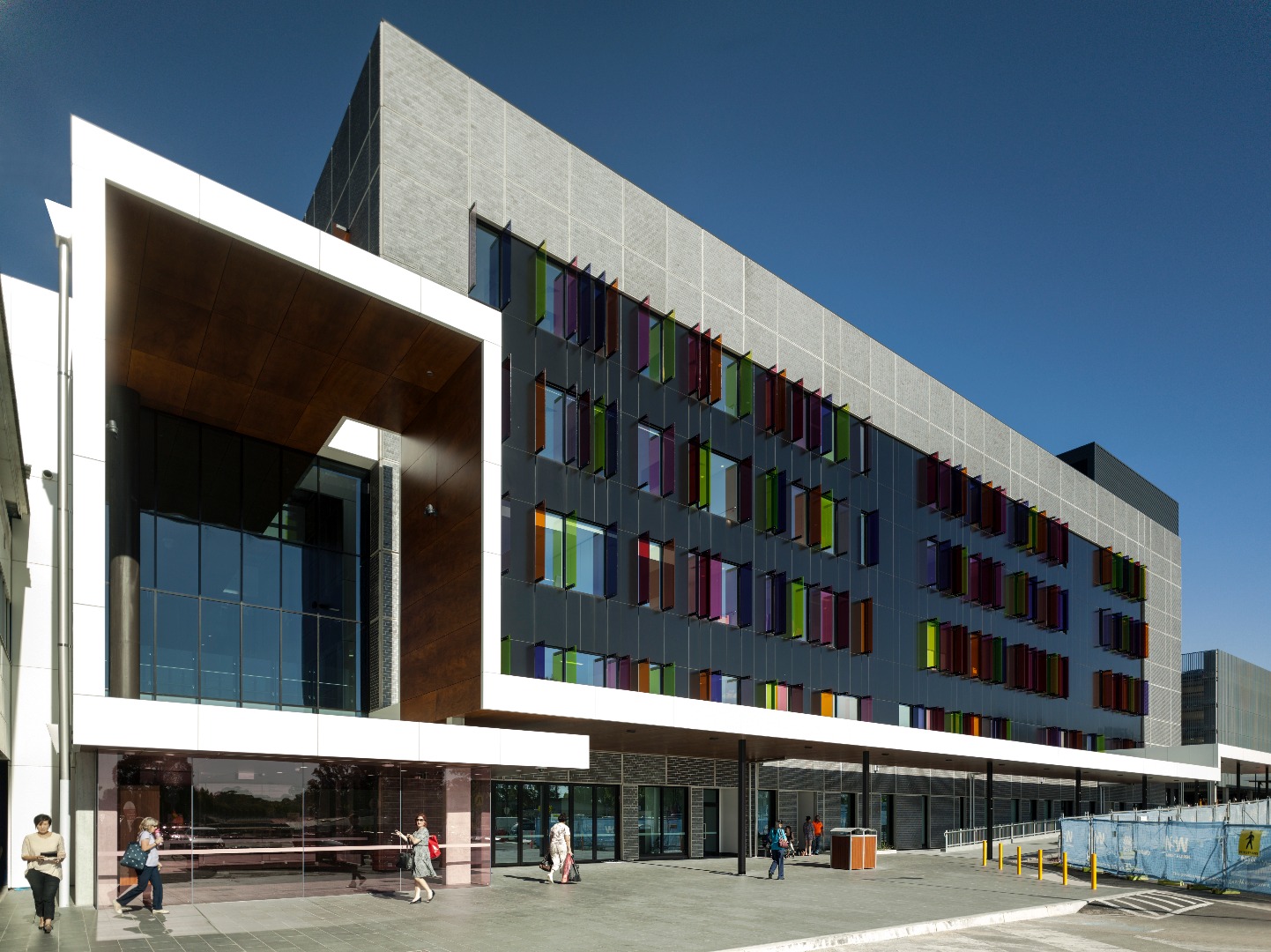
Blacktown Hospital by Jacobs, photo by Richard Glover.
Where do you turn for inspiration, and which architects or designers have had the biggest influence on your work?
I think it is a really exciting period to be practising architecture. Like no other time in the history of place-making, we are currently bombarded with imagery of projects from all over the world. We have access to the work of literally thousands of other talented architects. When I think back to our student days, we only had a few good books and the hard copy magazines to reference. From the early modernists, I really love the work of Pierre Chareau and Bernard Bijovet in Maison D’Alsace. As a student travelling in Europe, I was very fortunate to get access to this seminal project and spent hours marvelling their beautiful and innovative work within. I’ve always loved the deconstructivist work of Rem Koolhaas at OMA such as the competition runner-up entry for the Parc de la Villette scheme. As such I’m a bit of a pluralist and enjoy anything playing with ambiguity such as the Yokohama Terminal project by Foreign Office Architects.
But increasingly I’m more influenced by great Australian artists such as Fred Williams, John Firth-Smith and Arthur Boyd, as well as foreign masters like Max Ernst. I also value the sculptors who engage with landscape such as Jeffrey Smart, Walter de Maria and the manipulation of light like James Turrell.
What excites or frustrates you about the current state of Australian architecture?
I’m not really frustrated about anything in architecture. I see the industry undergoing an interesting shift in project procurement where clients seek to shift the delivery risk of their projects which is resulting in earlier engagement of contractors. So the end-user client is often using an architect to define the scope and purpose of the project then engaging the contractor with a new design team to deliver the project. It will also be really interesting to see how recent advances in 3D documentation evolve to enable automated production/construction.
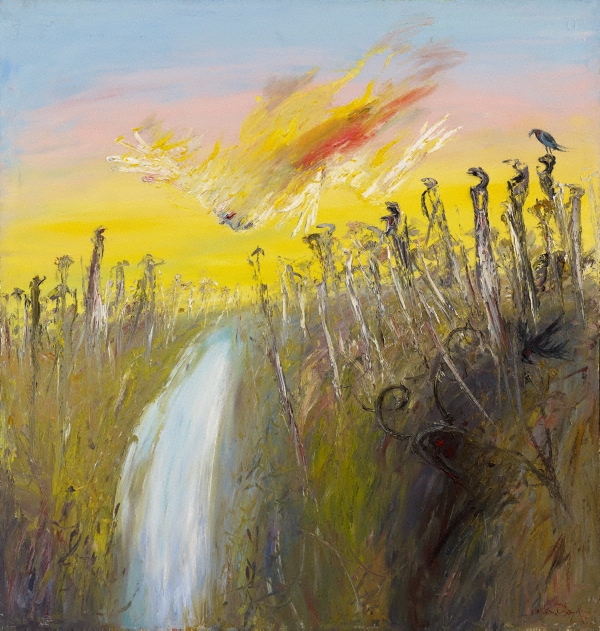
Nebuchadnezzar on fire falling over a waterfall by Arthur Boyd. Image courtesy Art Gallery NSW.
What is your favourite project from your own body of work and why?
I still love the very first house I built with a mate from mostly recycled materials after we finished university. It took us four years and we made lots of mistakes but the result had real soul and integrity. In recent times, we did a lovely sculptural timber building for high-powered microscopes at the University of Wollongong. The microscopes were incredibly sensitive to vibration and electromagnetic interference. As such, we couldn’t make the building from any ferrous (steel) elements. So the microscopes sit inside concrete bunkers on massive slabs with a playful timber envelope wrapped around it. The facility was a node between two large research laboratories (also by Jacobs) and connected via a naturally ventilated glass link.
In recent times, we did a lovely sculptural timber building for high-powered microscopes at the University of Wollongong. The microscopes were incredibly sensitive to vibration and electromagnetic interference. As such, we couldn’t make the building from any ferrous (steel) elements. So the microscopes sit inside concrete bunkers on massive slabs with a playful timber envelope wrapped around it. The facility was a node between two large research laboratories (also by Jacobs) and connected via a naturally ventilated glass link.
What has been your biggest career achievement so far?
I’m very proud to lead Jacobs architecture group in APAC as the technical director. Working collaboratively with my colleagues in Brisbane, Melbourne and Adelaide, we developed a model of practice which demonstrates that a creative discipline such as architecture is sustainable and can thrive within a global multidisciplinary firm. For my team, I think the community endorsement and multiple awards attributed to the Blacktown Hospital project is another proud achievement; it’s been recognised by the client and the community as a truly valuable piece of social infrastructure.
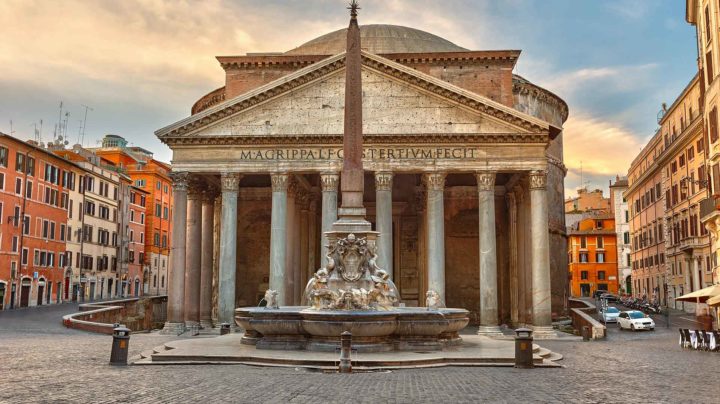
Pantheon in Rome. Photo courtesy Deasy Penne Partners.
What is your favourite space/place in Australia – is there a spot you wish you had designed?
I really respect the buildings that have stood the passage of time, have been reinterpreted and re-purposed but the fabric of the building retains the envelope. The Pantheon in Rome is the best example of this I have ever seen. Its oculus has cast light onto many incarnations of program over nearly 2,000 years. I would like to think our Sydney Opera House will do the same over the coming centuries. It has a beautiful and timeless quality.
But my real favourite place is any dimly lit bolt-hole in the city serving good, strong coffee.
What are you working on currently?
Jacobs’s architecture team is very fortunate to have a strong pipeline of projects in all our major sectors: health, life sciences, transport and workplace. Peter Boase and I are working on another beautiful research project with our friends at DCM: the Molecular and Life Sciences Building (MLSB) for the University of Wollongong. It will house the next generation of Cryo-TEM microscope, of which there are only five in the world. The design of this project is responding to the irony of building a highly controlled environment in a congested precinct between existing structures and in-ground services on a campus on the coast, characterised by open space with mature landscape vegetation and generous playing fields. It is a wonderful and privileged challenge.
If you wish to be featured in Q&ADR, email adrteam@niche.c
You Might also Like
